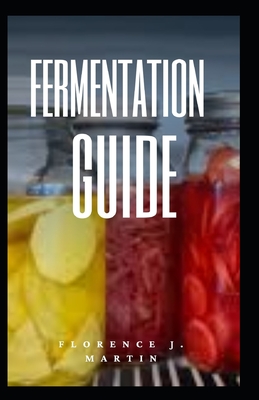You are here
Back to topFermentation Guide (Paperback)
$10.99
Special Order
Description
In the 1920s it was discovered that, in the absence of air, extracts of muscle catalyze the formation of lactate from glucose and that the same intermediate compounds formed in the fermentation of grain are produced by muscle. An important generalization thus emerged: that fermentation reactions are not peculiar to the action of yeast but also occur in many other instances of glucose utilization.Fermentation is a metabolic process that produces chemical changes in organic substrates through the action of enzymes. In biochemistry, it is narrowly defined as the extraction of energy from carbohydrates in the absence of oxygen. In the context of food production, it may more broadly refer to any process in which the activity of microorganisms brings about a desirable change to a foodstuff or beverage. The science of fermentation is known as zymology.In microorganisms, fermentation is the primary means of producing adenosine triphosphate (ATP) by the degradation of organic nutrients anaerobically. Humans have used fermentation to produce foodstuffs and beverages since the Neolithic age. For example, fermentation is used for preservation in a process that produces lactic acid found in such sour foods as pickled cucumbers, kombucha, kimchi, and yogurt, as well as for producing alcoholic beverages such as wine and beer. Fermentation also occurs within the gastrointestinal tracts of all animals, including humans.
